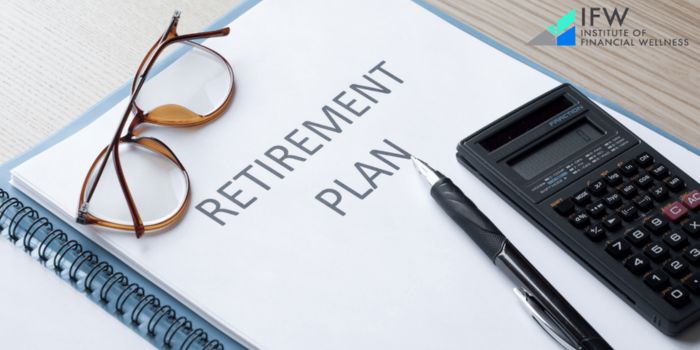This article enlists the common mistakes to avoid when importing goods to the US. No matter if you are a US manufacturer sourcing from some other country, buying finished goods for immediate sale or acting as an NRI into the US, you still need to pay heed to these mistakes listed by clearit.ca and avoid making them.
- Underestimating the rules of origin
All goods bear some standard rules of origin. When it comes to importing goods into a country where the US bears a trade agreement like the NAFTA or North American Free Trade Agreement, then they are qualified for reduced or eliminated duty. But, the use of FTA or Free Trade Agreement may put on more rules to be eligible for preferential treatment. NAFTA certificates list the place of origin of the goods and act as evidence of claim. You as the IOR or Importer of Record are responsible for completing the NAFTA certificate accurately.
- Not having correct customs tariff codes
The Harmonized Tariff Schedule ascertains the accurate duty rates for imported goods. It acts as a foundation for your import compliance. When you use an incorrect code, it means that you are underpaying or overpaying for your customs duties and taxes. There are many means to ascertain your customs tariff code like
- Online tariff lookups
- Hiring a Customs Broker to classify the goods for you
- Apply for a binding ruling from CBP
- Self-determination
No matter what method you use, consider tariff classification a top priority.
- Neglecting the US customs validation
Determine the accurate value of the imported goods to customs. Also make sure you determine any deductions or additions. You also need to support these adjustments with necessary documents when making an entry.
- Wrong and incomplete country of origin marking
Always mark your imported goods with legible and permanent mark along with the country of origin. The latter may not be the same as the country of purchase. Always keep an eye out when reusing your boxes. You need to eliminate all the old markings to make sure that the accurate country of origin markings are the only ones visible on the box.
- Making the use of a US goods return declaration for non-American goods
When importing goods back to the US, they can be deemed as U.S. Goods Returned or USGR to get rid of the duty unless and until they are not deemed US goods. In Declaration of Free Entry Returned American Products, you need to give proper documentation that proves that the goods were made in the US. To make this easy, always have good relations with US vendors.





